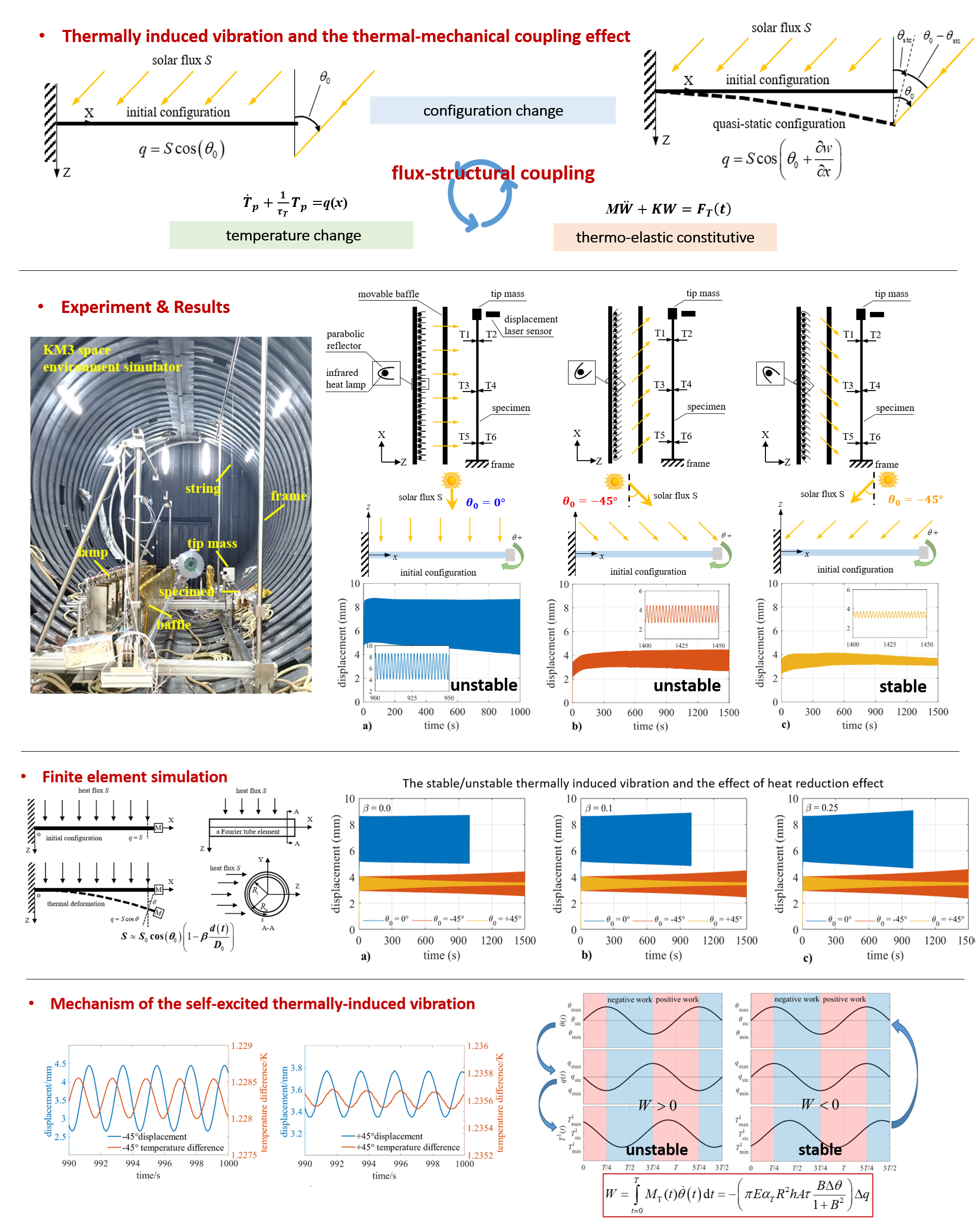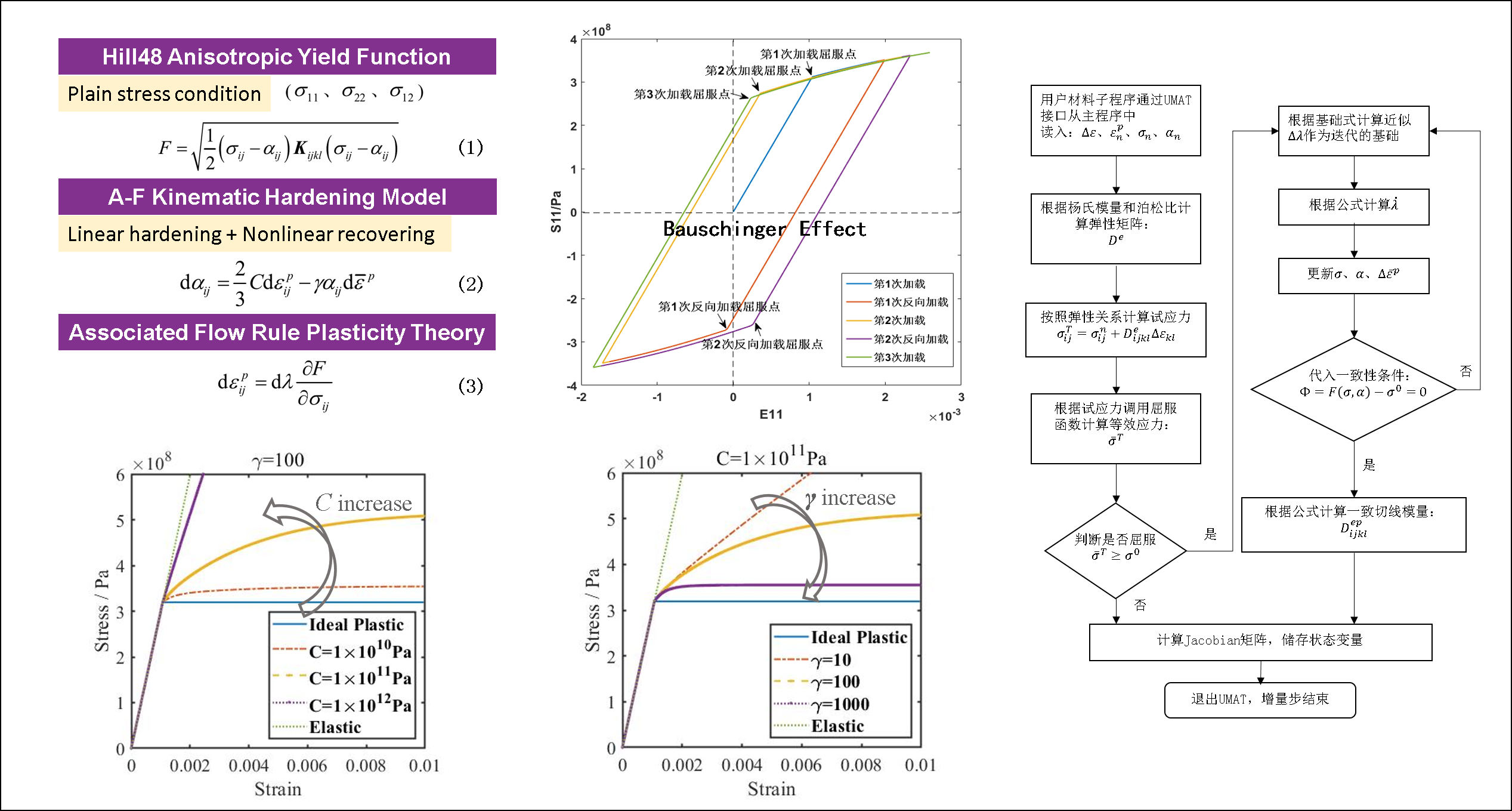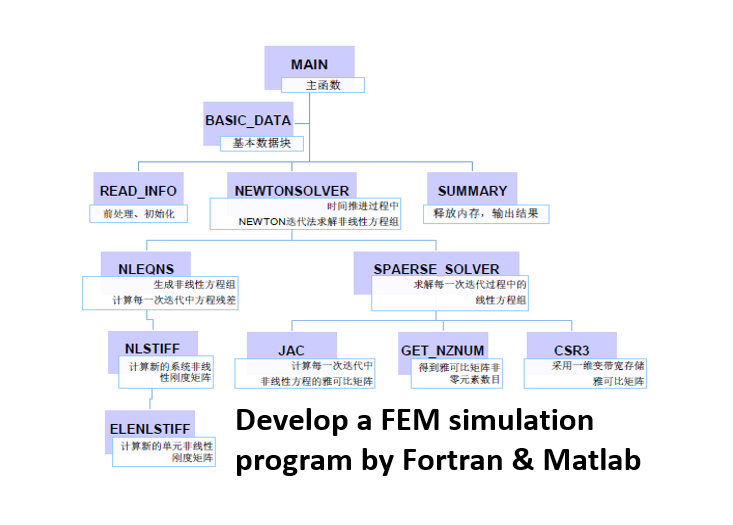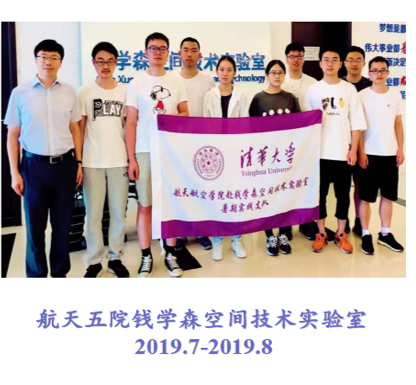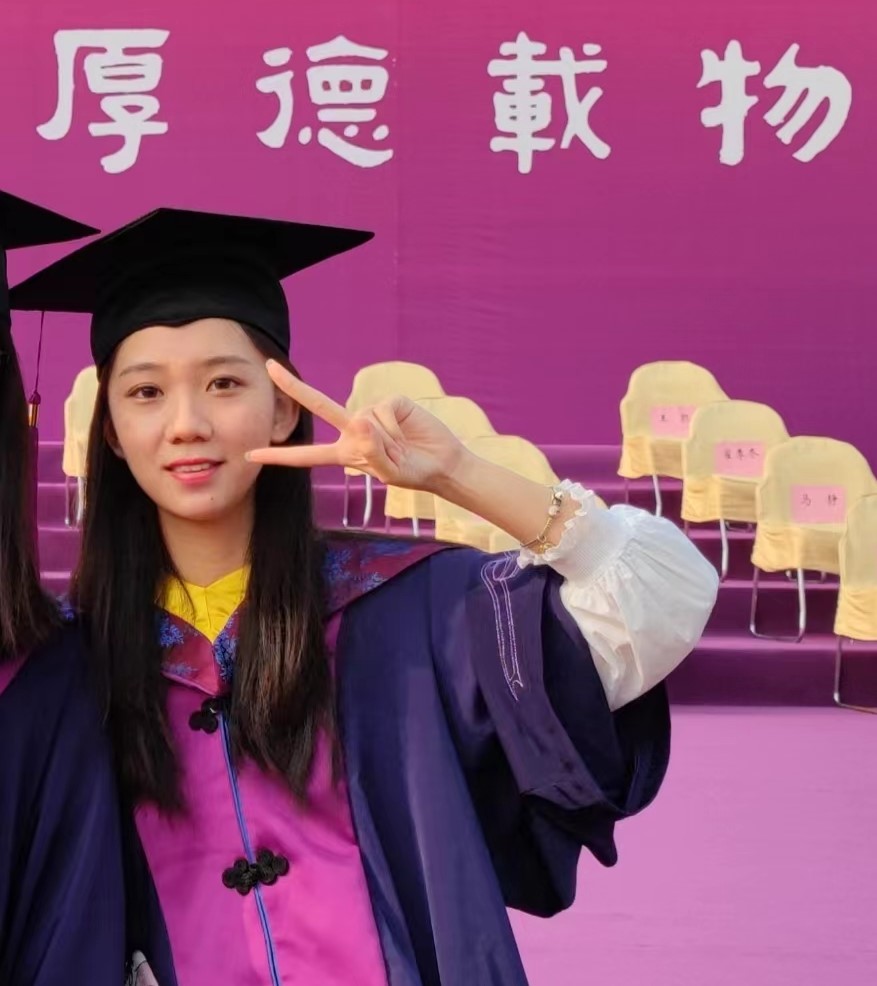
Dengge (Grace) Jin
Master Student, major in Engineering MechanicsDepartment of Engineering Mechanics
School of Aerospace Engineering
Tsinghua University
Email: jdg20@mails.tsinghua.edu.cn
Phone: +86 18800133990
Github: github.com/DenggeJin
|
|
Dengge (Grace) JinMaster Student, major in Engineering MechanicsDepartment of Engineering Mechanics School of Aerospace Engineering Tsinghua University Email: jdg20@mails.tsinghua.edu.cn Phone: +86 18800133990 Github: github.com/DenggeJin |

